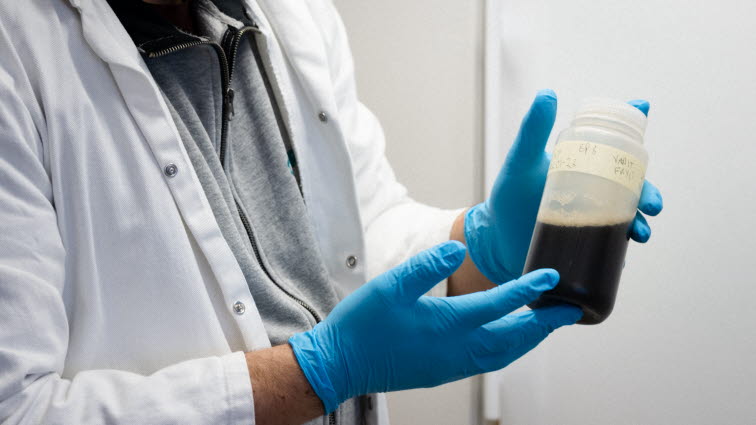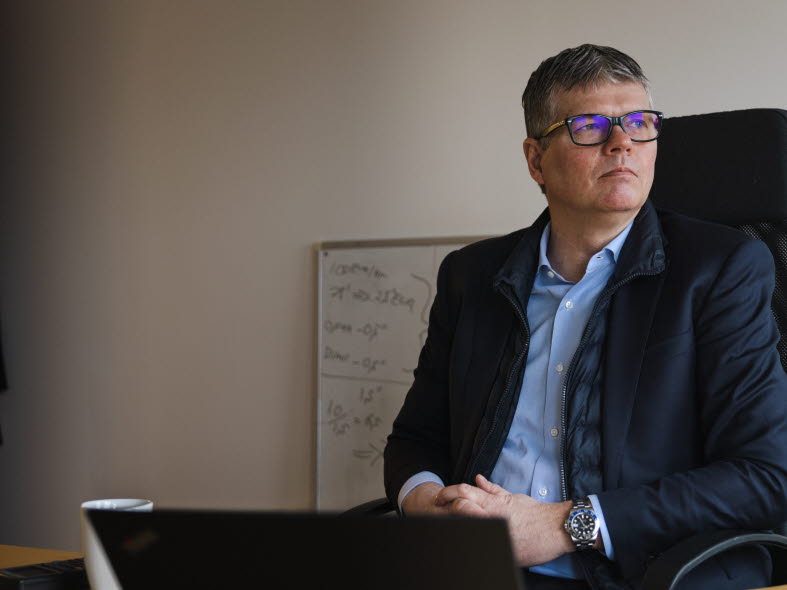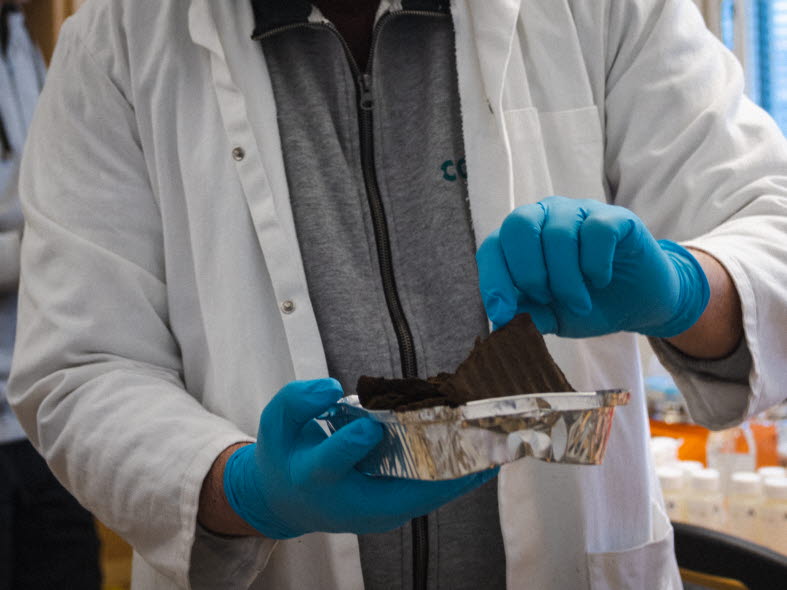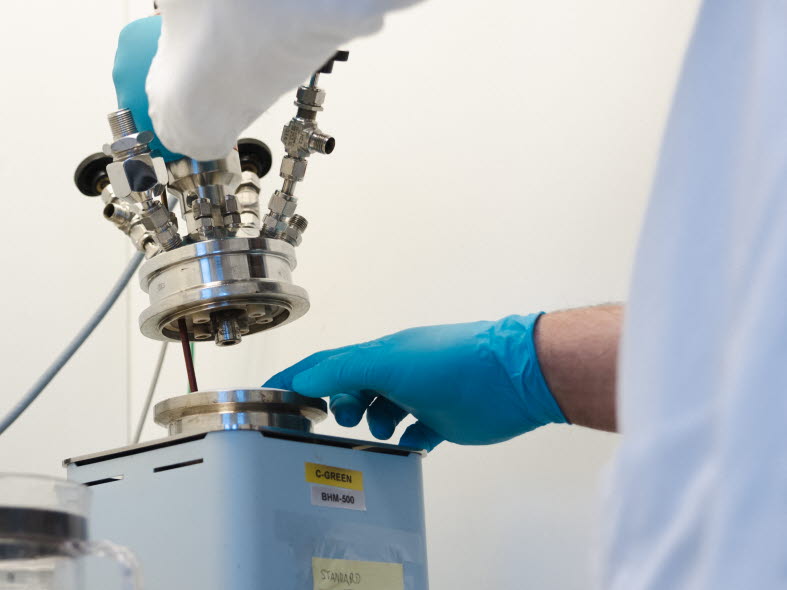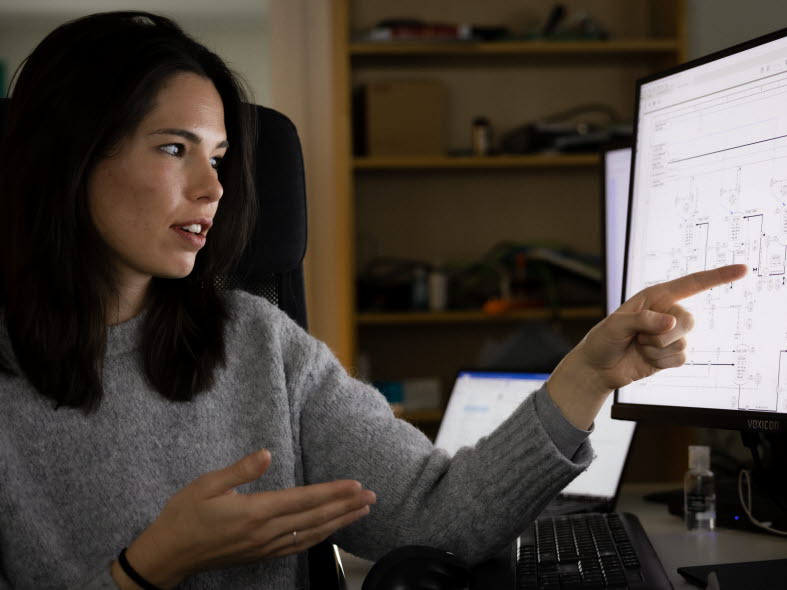Residual products from wastewater treatment…
C-Green's “raw material” is sludge. Sludge consists of organic residues that are collected from wastewater treatment. As a result, sludge is produced as a byproduct and over time accumulates in many types of operations. These can be wastewater treatment plants, but also various manufacturing industries.
In Sweden, sludge has long been used as fertiliser in agriculture. In connection with the decomposition process that sludge undergoes before it is spread on fields, methane gas is produced, which is 30 to 40 times more harmful for the climate than carbon dioxide.
…are converted to biofuel
“By converting sludge into hydrochar, the decomposition process can be avoided, which entails a major benefit for the climate,” explains Sjöberg and at the same time notes that hydrochar can also be used as renewable biofuel, which in turn can accelerate the phase-out of fossil fuels.
In the future, C-Green expects that the company's biorefineries, where sludge is converted into hydrochar, will be located near or directly adjacent to customers' operations, for example near a wastewater treatment plant or a pulp mill. Since the collection and transportation of sludge is often associated with high cost and environmental impact, this means significant savings for client companies when transports become shorter and more efficient.
Generally, C-Green's biorefinery is sold directly to the customer, which then becomes the owner of the biorefinery. C-Green handles the installation and often the maintenance.
“In addition to the sales revenue for the actual refineries, this will give us an extra revenue stream,” says Sjöberg, who also emphasizes the economic gains for customers.
“Since our biorefineries have low investment and operating costs, the customer's repayment period for the biorefinery is relatively short. In most cases, not longer than four to five years.”

